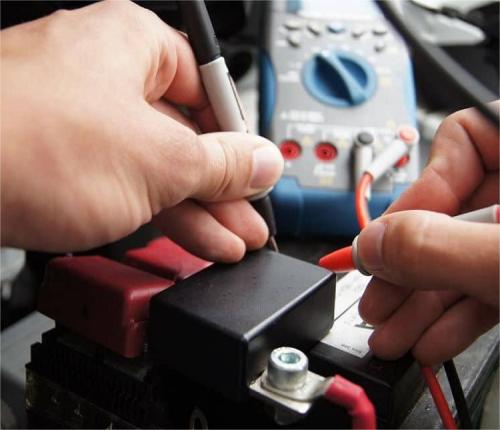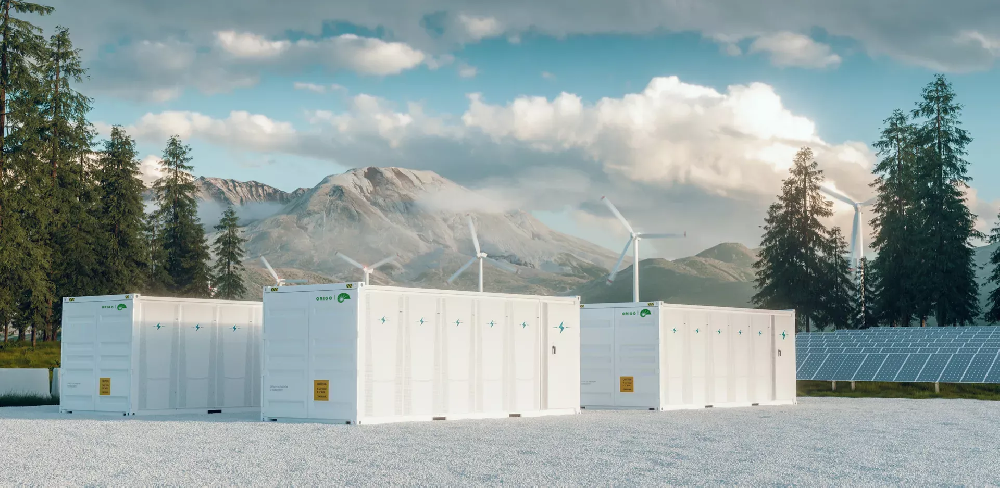Lithium-Ion Battery Care Guide
Lithium titanate battery is a lithium-ion secondary battery that uses lithium titanate as the negative electrode material of lithium-ion battery and the positive electrode is made of conventional materials such as lithium manganese oxide , ternary materials or lithium iron phosphate . Lithium titanate battery has the characteristics of high safety, high stability, long life and green environmental protection , but it is expensive and has low energy density.
The application markets of lithium titanate batteries mainly include electric vehicles (buses, rail transit, etc.), energy storage market (frequency modulation, grid quality, wind farms, etc.) and industrial applications (port machinery, forklifts, etc.).
Lithium titanate (LTO) material is used as negative electrode material in batteries. Due to its own characteristics, the material and electrolyte are prone to interaction and produce gas precipitation during the charge and discharge cycle reaction. Therefore, ordinary lithium titanate batteries are prone to flatulence, resulting in bulging of the battery cell, and the electrical performance will also be greatly reduced, greatly reducing the theoretical cycle life of lithium titanate batteries. Test data shows that ordinary lithium titanate batteries will experience flatulence after about 1,500-2,000 cycles, resulting in inability to use normally. This is also an important reason that restricts the large-scale application of lithium titanate batteries. The performance improvement of lithium titanate (LTO) batteries is a comprehensive reflection of the improvement of the performance of individual materials and the organic integration of various key materials.
In order to meet the requirements of fast charging and long service life, in addition to the negative electrode material, other key raw materials of lithium-ion batteries (including positive electrode material, separator, and electrolyte) are also required. At the same time, combined with special engineering process experience, the "non-flatulence" lithium titanate LpTO battery product was finally formed, and it was first used in electric buses in large quantities.
Test data show that under the conditions of 6C charging, 6C discharging, and 100% DOD, the cycle life of lithium titanate LpTO single battery exceeds 25,000 times, and the remaining capacity exceeds 80%. At the same time, the flatulence phenomenon of the battery cell is not obvious, which does not affect its life; and the actual application of Chongqing fast-charging pure electric buses also shows that after the battery is assembled, the electrical performance is also quite excellent, which can ensure the daily commercial operation of pure electric buses. Advantages Using electric vehicles to replace fuel vehicles is the best choice to solve urban environmental pollution, among which lithium-ion power batteries have attracted widespread attention from researchers. In order to meet the requirements of electric vehicles for on-board ion power batteries, the development of negative electrode materials with high safety, good rate performance and long life is its hot spot and difficulty.
The negative electrode of commercial lithium-ion batteries mainly uses carbon materials, but lithium batteries with carbon as negative electrodes still have some disadvantages in application:
1、Lithium dendrites are easily precipitated during overcharging, causing battery short circuit and affecting the safety performance of lithium batteries;
2、It is easy to form SEI film, resulting in low initial charge and discharge efficiency and large irreversible capacity;
3、That is, the platform voltage of carbon materials is low (close to metallic lithium) and can easily cause decomposition of the electrolyte, thus posing a safety hazard.
4、The volume changes greatly during the lithium ion insertion and extraction process, and the cycle stability is poor. Compared with carbon materials.
Spinel-type Li4Ti5O12 has obvious advantages:
1、It is a zero-strain material with good cycle performance;
2、The discharge voltage is stable and the electrolyte will not decompose, thus improving the safety performance of lithium batteries;
3、Compared with carbon negative electrode materials, lithium titanate has a high lithium ion diffusion coefficient (2 * 10-8cm2/s) and can be charged and discharged at high rates.
The electric potential of lithium titanate is higher than that of pure metallic lithium, and it is not easy to produce lithium dendrites, which provides a basis for ensuring the safety of lithium batteries.







